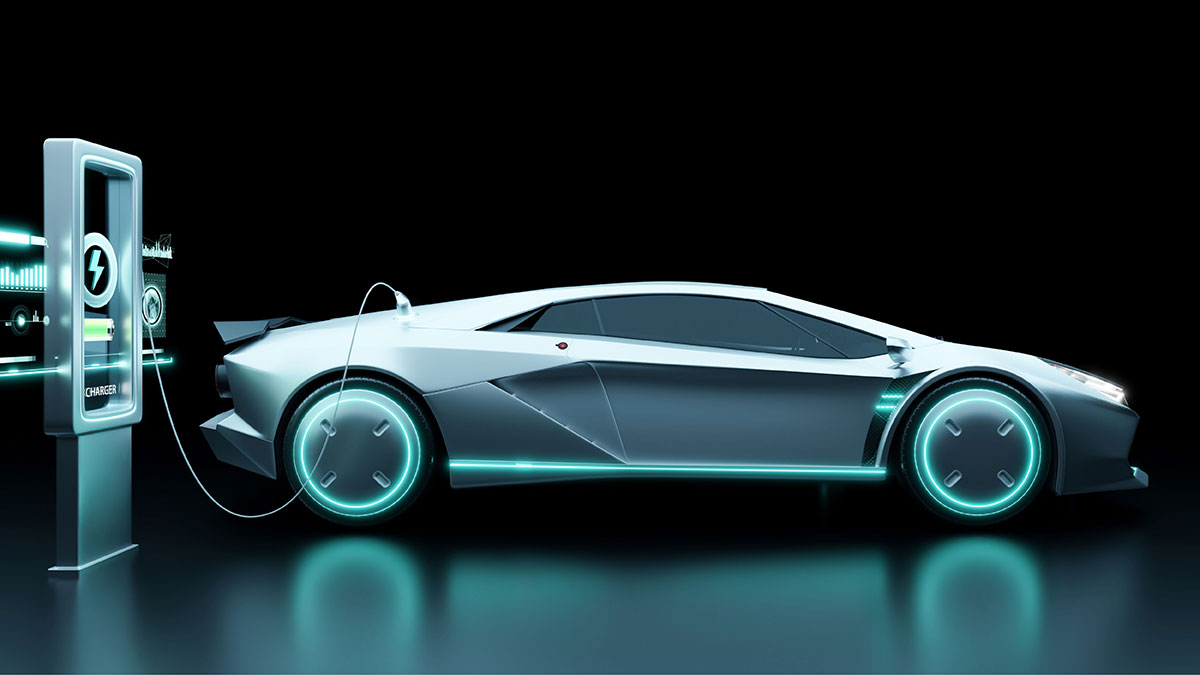- ในปี 2570 รถยนต์ไฟฟ้าแบตเตอรี่ (BEVs) รุ่นใหม่ ๆ จะมีราคาเฉลี่ยในการผลิตถูกกว่ารถยนต์เครื่องสันดาปภายใน (ICE)
- ในปี 2570 ต้นทุนเฉลี่ยการซ่อมแซมตัวถังรถยนต์ไฟฟ้าและแบตเตอรี่จากอุบัติเหตุรุนแรงจะเพิ่มขึ้น 30%
- ในปี 2570 15% ของบริษัท EV ที่ก่อตั้งขึ้นในช่วงทศวรรษที่ผ่านมาจะถูกซื้อกิจการหรือล้มละลาย
การ์ทเนอร์เผยในปีนี้ ผู้ผลิตรถยนต์ค่ายต่าง ๆ จะยังต้องรับมือกับการเปลี่ยนแปลงจากบทบาทที่เพิ่มขึ้นของทั้งซอฟต์แวร์และการใช้พลังงานไฟฟ้า ที่เป็นปัจจัยกำหนดยุคถัดไปของอุตสาหกรรมยานยนต์ไฟฟ้า
เปโดร ปาเชโก รองประธานฝ่ายวิจัยของการ์ทเนอร์ กล่าวว่า “ผู้นำตลาด OEM รายใหม่ต้องการกำหนดนิยามที่ชัดเจนให้กับสถานะที่เป็นอยู่ในวงการยานยนต์ โดยนำนวัตกรรมที่ช่วยทำให้ต้นทุนการผลิตง่ายขึ้นมาใช้ อาทิ สถาปัตยกรรมยานพาหนะแบบรวมศูนย์ (Centralized Vehicle Architecture) หรือ การนำ Gigacasting มาใช้ ซึ่งช่วยลดต้นทุนการผลิตและระยะเวลาในการประกอบ ที่ผู้ผลิตรถยนต์รายเดิมไม่มีทางเลือกที่จะนำมาใช้เพื่อให้ธุรกิจอยู่รอดได้”
การ์ทเนอร์คาดการณ์ว่า ในปี 2570 รถยนต์ไฟฟ้าแบตเตอรี่ (BEVs) รุ่นใหม่ ๆ จะมีต้นทุนการผลิตโดยเฉลี่ยถูกกว่ารถยนต์เครื่องสันดาปภายใน (ICE) ในเซกเมนต์เดียวกัน ในขณะที่ผู้ผลิต OEM เดินหน้าพลิกโฉมงานด้านการผลิตควบคู่ไปกับการออกแบบผลิตภัณฑ์ ส่งผลให้ในปีถัด ๆ ไปนี้ เราจะเห็นต้นทุนการผลิตรถ BEV ลดลงเร็วกว่าต้นทุนแบตเตอรี่อย่างมาก
“นั่นหมายความว่า BEV จะมาถึงจุดที่มีต้นทุนการผลิตเท่ากับ ICE ได้รวดเร็วกว่าที่คาดการณ์ไว้ในตอนแรกอย่างมาก แต่ในขณะเดียวกันก็จะส่งผลให้ค่าใช้จ่ายการซ่อมแซม BEV บางส่วนมีราคาสูง” ปาเชโก กล่าวเพิ่มเติม
เทคโนโลยีใหม่ทำให้ค่าใช้จ่ายในการซ่อมแซม EV สูงขึ้น
การ์ทเนอร์คาดว่า ในปี 2570 ต้นทุนเฉลี่ยของการซ่อมแซมตัวถังรถยนต์ไฟฟ้าและแบตเตอรี่จากอุบัติเหตุรุนแรงจะเพิ่มขึ้น 30% ส่งผลให้ยานพาหนะที่เกิดอุบัติเหตุและเสียหายนั้นมีแนวโน้มที่จะ Write-Off มากกว่าซ่อมแซม เนื่องจากค่าซ่อมแซมอาจมีราคาสูงกว่ามูลค่าคงเหลือของรถ ในทำนองเดียวกัน การซ่อมแซมการชนที่มีราคาสูงกว่าอาจทำให้ค่าเบี้ยประกันแพงขึ้น หรือแม้แต่การปฏิเสธที่จะให้ความคุ้มครองรถยนต์รุ่นใดรุ่นหนึ่งโดยเฉพาะของบริษัทประกันภัย
การ์ทเนอร์ยังเผยว่าการลดต้นทุนการผลิต BEV อย่างรวดเร็วนั้นไม่ควรเกิดขึ้นพร้อมกับค่าซ่อมที่สูงขึ้น เนื่องจากอาจส่งผลย้อนกลับมายังผู้บริโภคได้ในระยะยาว โดยวิธีการใหม่ ๆ ของการผลิตรถยนต์ BEV นั้นจะต้องนำมาใช้ร่วมกับกระบวนการต่าง ๆ เพื่อให้มั่นใจว่าต้นทุนการซ่อมแซมต่ำลงด้วย
การรวมตัวกันของ EV สตาร์ทอัพ
“ด้วยมุมมองต่อผลกำไรที่ง่าย ทำให้สตาร์ทอัพในอุตสาหกรรม EV จำนวนมากหันมาผนึกกำลังร่วมกัน ตั้งแต่ผู้ผลิตยานยนต์ไปจนถึงเครื่องชาร์จ EV และบางส่วนยังต้องพึ่งพาเงินทุนจากภายนอกอย่างมาก ทำให้พวกเขาเผชิญความท้าทายทางการตลาดเฉพาะกลุ่ม นอกจากนี้ มาตรการสนับสนุนรถยนต์ไฟฟ้าในประเทศต่าง ๆ ที่กำลังทยอยสิ้นสุดลง ทำให้ผู้นำในตลาดขณะนี้เจอกับความท้าทายมากขึ้นตามไปด้วย” ปาเชโก กล่าวเพิ่ม
การ์ทเนอร์คาดการณ์ว่า ในปี 2570 15% ของบริษัท EV ที่ก่อตั้งขึ้นในช่วงทศวรรษที่ผ่านมาจะถูกซื้อกิจการหรือล้มละลาย “นั่นไม่ได้หมายความว่าอุตสาหกรรม EV กำลังล่มสลาย แต่เป็นการเข้าสู่ยุคใหม่ที่บริษัทที่มีผลิตภัณฑ์และบริการที่ดีที่สุดจะเป็นผู้ชนะในตลาดที่เหลือ” ปาเชโก กล่าวสรุป
ในปี 2567 ตลาดรถยนต์ไฟฟ้าจะยังเติบโตต่อเนื่อง โดยการ์ทเนอร์คาดการณ์ปีนี้จะมียอดจัดส่งรถยนต์ไฟฟ้าสูงถึง 18.4 ล้านคัน และเพิ่มเป็น 20.6 ล้านคันในปี 2568 อย่างไรก็ตาม อุตสาหกรรมนี้กำลังพัฒนาจาก ‘ยุคตื่นทอง’ ไปสู่ ‘ยุคผู้เหมาะสมที่สุดเท่านั้นจึงอยู่รอด’ ซึ่งหมายความว่าความสำเร็จของบริษัทต่าง ๆ ในอุตสาหกรรมนี้ ณ ปัจจุบัน ถูกจำกัดความสามารถอย่างหนักในการตอบสนองต่อความต้องการของผู้ใช้ EV ในยุคแรก ๆ
